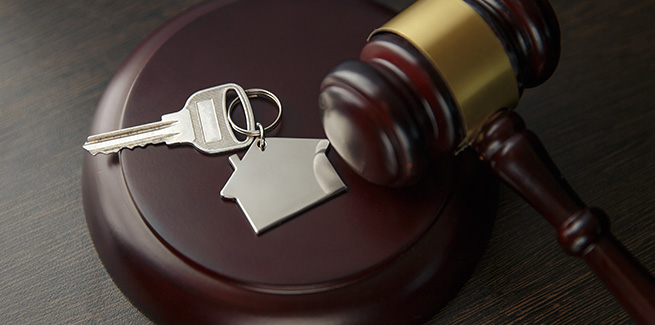CoreLogic has reported that capital city auction volumes have rebounded once again, after having fallen 20 per cent the week before last.
The research group has said that there were 2,876 homes taken to auction across the combined capital cities last week (ending 2 May 2021).
Of the 2,425 results collected so far, 80.4 per cent returned successful clearances.
This was significantly higher than the previous week’s 2,087 auctions, which yielded a final clearance rate of 77.2 per cent.
Both results were far higher than 2020, when only 47.5 per cent of 612 auctions were successful as a result of restrictions around onsite auctions and inspections, which dampened much of the nation’s auction activity.
Of the capital cities, Perth emerged with the highest preliminary clearance rate at 92.3 per cent, followed by Canberra with 90.6 per cent, Adelaide with 86.1 per cent, Sydney with 83.5 per cent, Melbourne with 77.1 per cent and Brisbane with 64.9 per cent.
All capital cities saw auction activity rise, with Melbourne recording the highest number of auctions at 1,277, followed by Sydney with 1,121.
Adelaide reported 201 auctions, Brisbane had 133, Canberra had 120, Perth had 22 and Tasmania had two.
Home values
Looking at the weekly change in home values, CoreLogic's preliminary data suggested there was a 0.4 per cent growth in combined capital city values last week.
Of the capital cities, only Sydney surpassed the average, recording a weekly rise of 0.7 per cent. This was followed by Adelaide with 0.4 per cent, Brisbane with 0.3 per cent, Melbourne with 0.2 per cent, and Perth with 0.1 per cent.
Month-on-month, Sydney maintained its lead with a 2.3 per cent increase. This was followed by Adelaide with 1.9 per cent, Brisbane with 1.6 per cent, Melbourne with 1.2 per cent and Perth with 0.7 per cent.
Sydney also has the largest rise in house prices over the year-to-date, widening its gap from other capital cities with a rise of 9.4 per cent.
Brisbane follows after Sydney with 6.6 per cent, followed by Melbourne with 6.4 per cent, Perth with 5.9 per cent and Adelaide with 5.3 per cent.
Over the most recent four-week period, Sydney and Canberra clocked the highest capital city private treaty median price for houses at $870,000 and $850,000, respectively - surpassing the capital city average of $676,504.
Sydney also held the pole position for units, with a private treaty median of $653,000, while Melbourne followed with an average figure of $565,000.
Adelaide was found to be the most affordable capital city for houses, with the private treaty median price sitting at $500,000.
Meanwhile, Brisbane has the most affordable capital city units - with median prices sitting at $405,000.
Private treaty sales now represent around 85 per cent of all dwelling sales across the country, according to CoreLogic.
Average time on market for houses was shortest in Sydney at 27 days, followed by Hobart (28), Melbourne (30), Adelaide (31), Perth (33),Canberra (34) and Brisbane (39). Darwin had the longest time on market at 41 days.
For units, Hobart recorded the lowest number at 21 days, while Brisbane was the highest at 51 days, followed by Darwin (47), Melbourne (40), Adelaide (39), Sydney (38), Canberra (37) and Perth (36).
Find out more about the top property and home buying trends in your local area at the Better Business Summit 2021. Places are limited so make sure you secure your place at the five-state event asap!
[Related: Auction rates dip as new listings spike]
 ;
;
Comments (0)